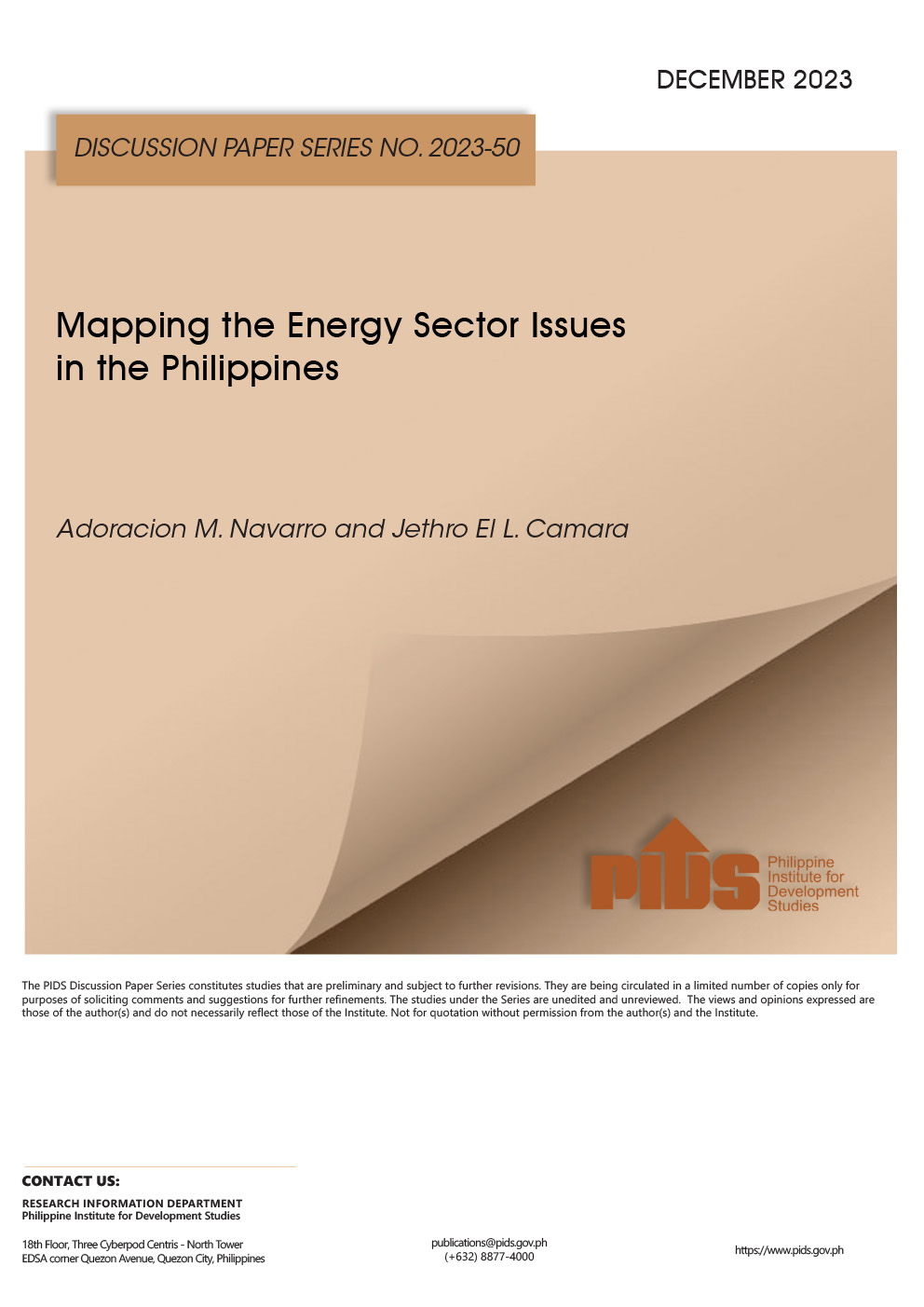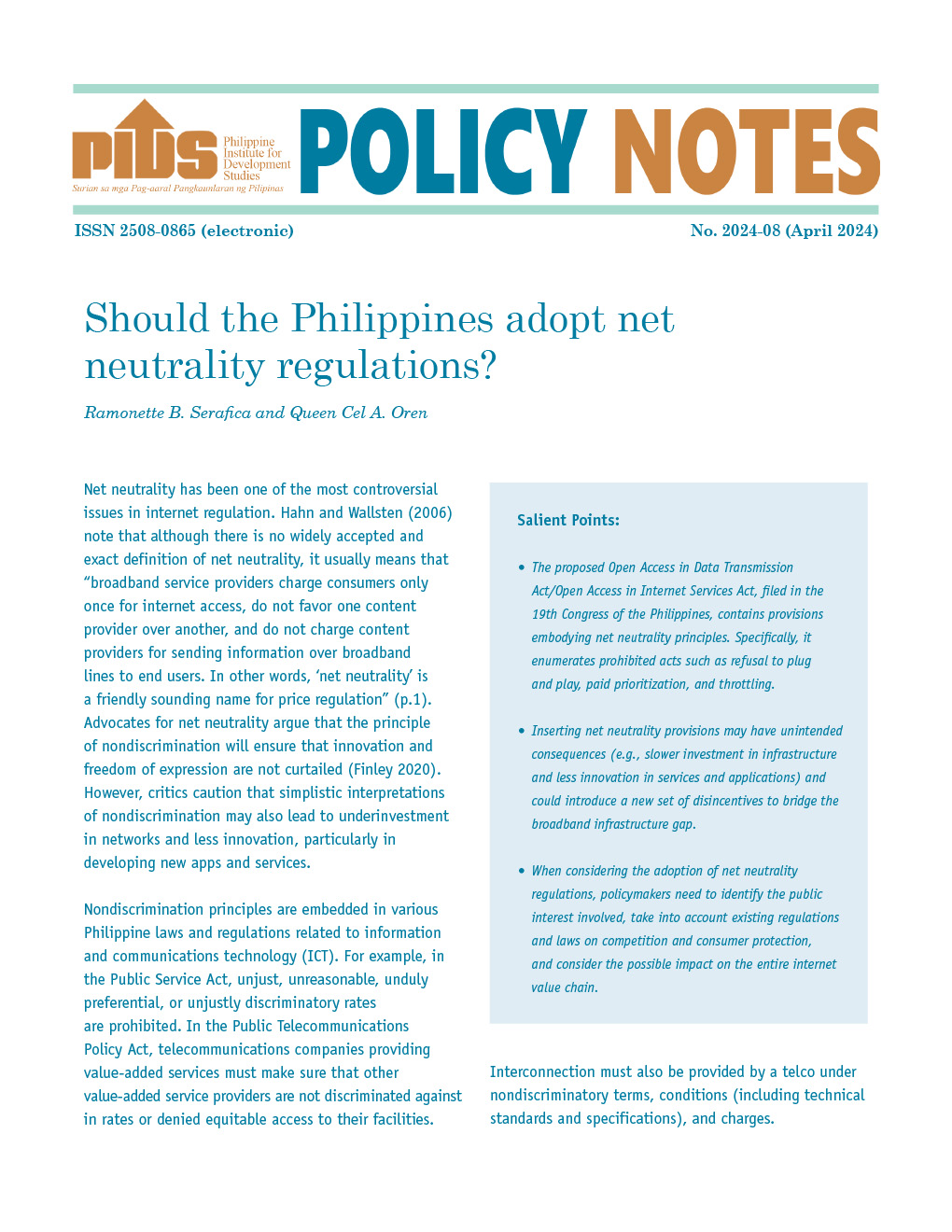PETROL prices have risen 18 times since the start of the year, and the upward price adjustments aren’t ending soon.
Based on industry figures, pump prices in the National Capital Region (NCR) are nearing the P90-per-liter level and are already at the P100-per-liter level in some provinces.
Gatchalian: “I think the bottom line here is we have to expect the worst in a prolonged scenario.”
The recent oil price increase resulted in the year-to-date adjustments to stand at a net increase of P28.70 per liter for gasoline, P41.15 per liter for diesel and P37.95 per liter for kerosene.
Department of Energy-Oil Industry Management Bureau (DOE-OIMB) Director Rino Abad said last week that similar price adjustments in the weeks to come are likely, due to prevailing events that continue to push up fuel prices.
He cited the increasing demand for northern hemisphere countries due to summer peak period from June to September; the Russian oil ban by the European Union; and the easing of lockdowns in China, which is projected to increase the oil demand.
Abad said these movements in the world oil market affect local pump prices because the Philippines imports more than 90 percent of its fuel requirements.
What must be done?
Senate Energy Committee Chairman Sherwin Gatchalian said the government must do more if these events will be prolonged.
The senator proposed to double the subsidies to the most affected sector and distribute it immediately. “I am in favor of increasing the subsidies, maybe 50 percent more to about 100 percent more, so that we will cover the increase in fuel prices in the last few days. We have to make sure that it is dispensed, given in a timely manner and use technology such as E-wallets to give it to them,” said Gatchalian.
A popular proposal from various groups is to suspend excise taxes and VAT on petroleum products. However, this does not sit well with the government because it will result in foregone revenues of P106 billion, or roughly 0.5 percent of the country’s gross domestic product this year.
Instead, Finance Secretary Carlos Dominguez III proposed to continue providing targeted relief to vulnerable sectors, which would include extending a total of P33 billion in unconditional cash transfers (UCT) to the bottom 50 percent of all households, or about 74.7 million Filipinos.
“We realize that this is not enough. But this is what we can afford as of this time, and to make sure that our finances going forward and especially for the next administration are still going to be healthy,” Dominguez had said.
OPSF option
President-elect Ferdinand R. “Bongbong” Marcos Jr. earlier said the possible revival of the Oil Price Stabilization Fund (OPSF) is being considered to mitigate the effects of spiraling oil prices on the economy instead of suspending fuel excise taxes on imports. The fund was established under the administration of his father, the late strongman former President Ferdinand E. Marcos Sr.
But the semi-government think tank Philippine Institute for Development Studies (PIDS) said reviving the OPSF would be “anti-poor”.
At a recent webinar, PIDS senior research fellow and former undersecretary of the National Economic and Development Authority Dr. Adoracion Navarro said that reviving the OPSF would only benefit the rich since they consume more fuel. “Those who can very well afford fuel price increases will stand to benefit more,” said Navarro.
Instead, several options that have been floated to blunt the impact of steadily rising fuel prices should be seriously reviewed and those feasible should be pursued, she said. Among the proposed legislative amendments are the proposals on minimum inventory requirement (MIR), unbundling all fuel cost components, and the establishment of strategic petroleum reserve (SPR).
The DOE requires a 30-day MIR for refiners, 15-day MIR for direct importers, and a seven-day supply for LPG importers. Gatchalian earlier suggested increasing the MIR by 15 days to guarantee undisrupted fuel supply.
However, Philippine Institute of Petroleum (PIP) Executive Director Raphael Capinpin opposed this, saying this will only result in “massive capital infusion” because increasing the MIR will involve additional land, storage tanks, infrastructure, among others.
Capinpin said the existing MIR is sufficient. In fact, he added, many oil players already exceed it.
‘Unbundling’ fuel prices
MEANWHILE, the DOE has moved to press on with its advocacy to unbundle fuel prices to reflect their true and passed-on charges. However, local courts prevented the agency from implementing the unbundling circular.
“This is separating the benchmark price from the additional cost of oil sold in the retail market. In these additional costs, we might be able to see items where we can lower the price,” DOE Undersecretary Gerardo Erguiza lamented.
The DOE now hopes that Congress will amend the Oil Deregulation Act of 1998 to provide a framework for the government to intervene and address sudden prolonged oil price spikes.
Beef up reserves
THE Philippine National Oil Co. (PNOC), meanwhile, is eyeing an interim strategic petroleum reserve (SPR) via a co-storage, co-distribution program with oil companies.
Under the proposal, oil firms can co-store and distribute discounted fuel. This was raised last March and was targeted for implementation before the next administration takes over.
The interim measure is different from the Philippine Strategic Petroleum Reserve Program (PSRP) of the DOE and PNOC. The PSRP consists of large stockpiles of crude oil as well as petroleum products, to be stored in facilities and released during periods of local or international oil supply disruptions. However, this plan has yet to take off.
Call for fuel conservation
WHILE these proposals are still under study, the DOE could only appeal to the public to practice efficient use and conservation of fuel.
The DOE meets with representatives of the oil firms every month to discuss oil supply, but not prices. The agency estimated that the country consumes 425,000 barrels per day, which is equivalent to around 0.4 percent of global supply.
“There is no supply problem. They inform us during the meetings about the status of their supply inventory. On prices, they remain silent since it is a deregulated environment. We can appeal but it is really up to them,” said Abad.
DOE Secretary Alfonso Cusi said his office is working to exhaust all measures to help uphold consumer welfare during this challenging period. “The DOE is closely monitoring global oil supply and price movements, in coordination with our downstream oil industry players,” Cusi said.
Aside from these proposals, there was a provisional fare increase amounting to P1 that was recently granted by the Land Transportation Franchising and Regulatory Board, bringing the minimum jeepney fare to P10 starting June 9.
However, most of the jeepney drivers and operators are not contented because they would only be able to take home around P300—for plying their routes for 12-16 hours—and the amount could further go down as diesel prices surge.
Gatchalian said the increase in fares was necessary. However, this and the fuel subsidies only help public utility drivers. “The middle class is also being squeezed out because the middle class, they have their vehicles, they also have businesses that require fuel. So the middle class is also being squeezed out,” the senator said.
An increase in transport fares will have spillover effects. “When you raise fares, minimum wage will increase. When we raise the minimum wage, prices of products will also increase. I sympathize with the drivers if they see the need to increase fares, but we have to balance in order not to push inflation higher.
“I think the bottom line here is we have to expect for the worst in a prolonged scenario,” the senator warned.
Hopefully, the mixed bag of solutions will balance all concerns raised by the different sectors because the factors that affect local pump prices are not going away any time soon.






